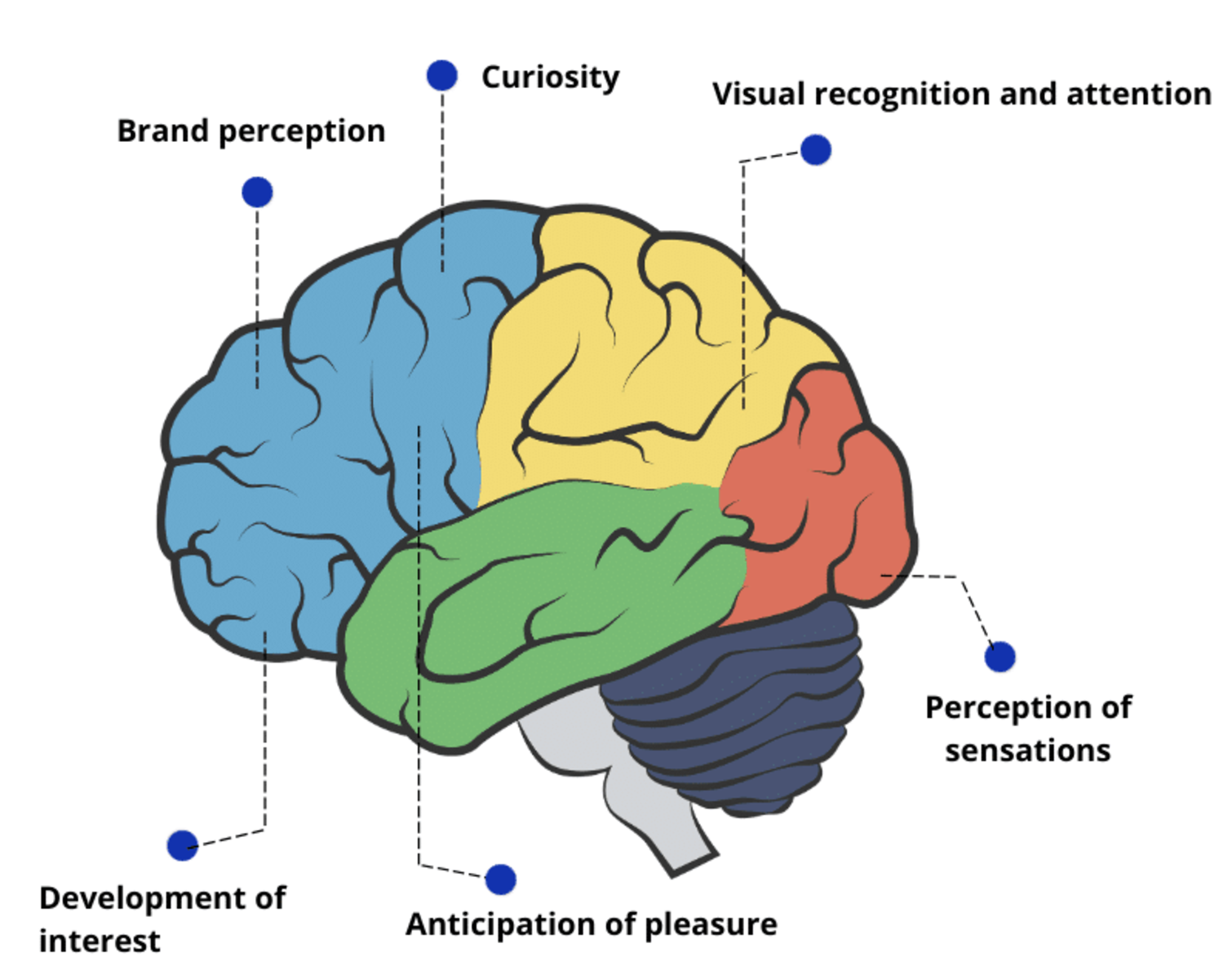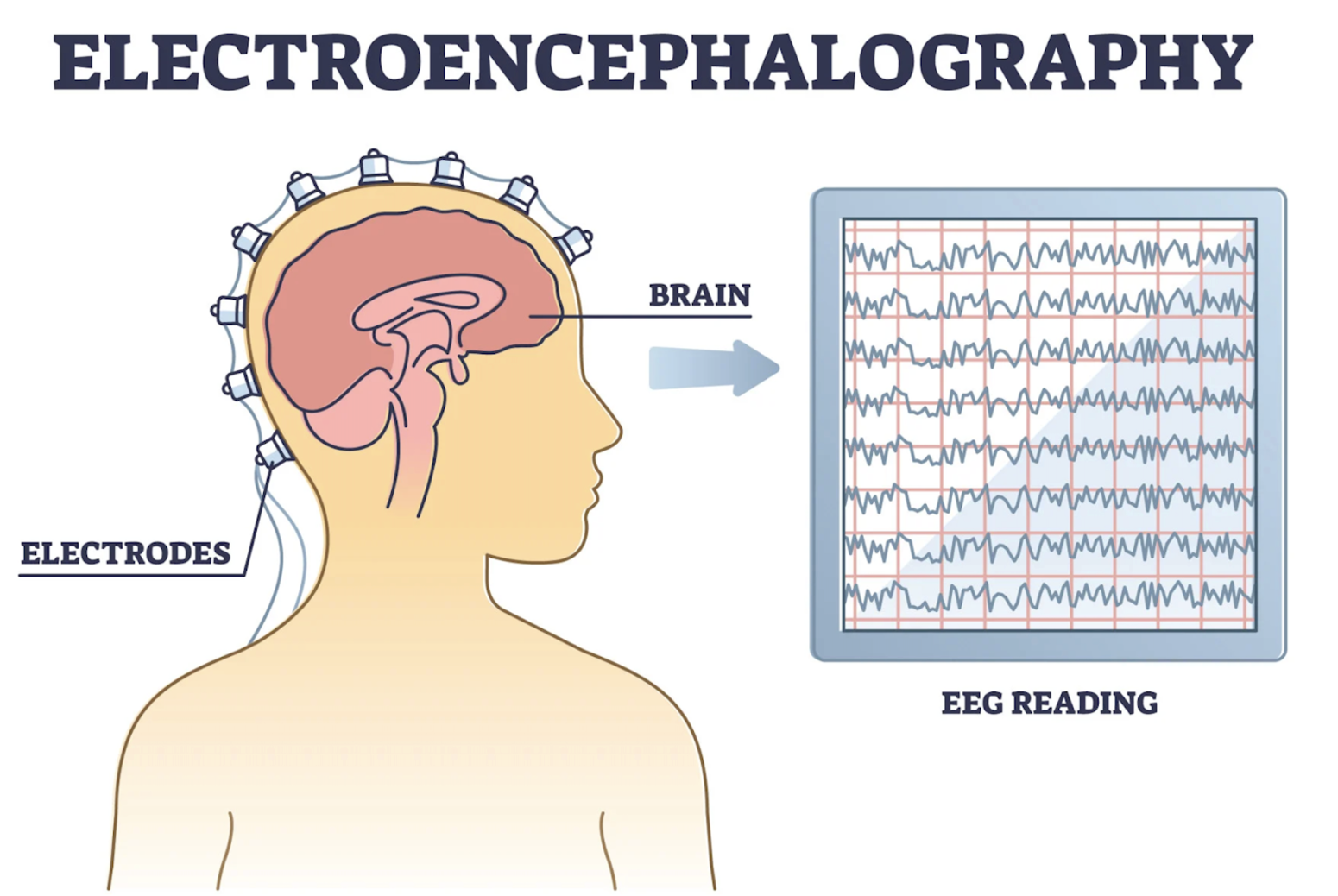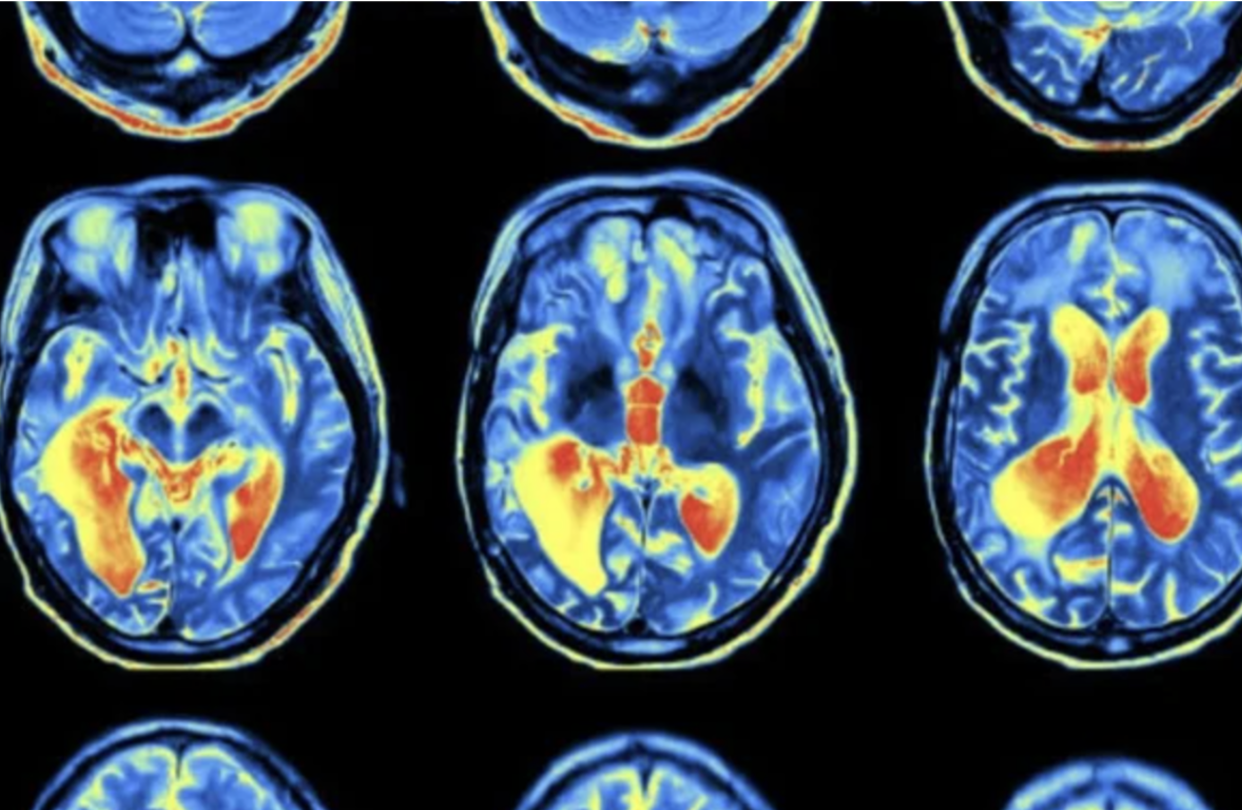How often do you encounter a sound that evokes a pleasant sense of warmth and tranquility, or conversely, one that makes your heart race and triggers unpleasant memories?
Such a sound could be a song you listened to as a child during a summer car trip. It could also be someone's ringtone that you hear on the bus. If it's the same sound as your alarm clock, it might give you an unpleasant shiver – like the one you feel on a Monday morning after a vacation 😉
Why does this happen?
In situations like those mentioned above, the brain's reaction is immediate and involuntary—you have no control over it. This occurs because encoded memories in the brain are crucial for emotional responses to sounds. When you hear a sound, the brain rapidly connects it to past experiences stored in areas responsible for emotions and memory, such as the hippocampus and the limbic system. If the sound is associated with specific memories, it can instantly trigger an emotional response—positive or negative—depending on the context of the memories.

Brands that are aware of these processes consciously use sound as a subconscious trigger, helping consumers remember the brand and create positive associations. Such actions are defined as neuromarketing—a field that utilizes knowledge from neuroscience, psychology, and cognitive science to understand how the human brain responds to marketing stimuli, including sounds.
How is it studied?
Auditory neuromarketing, based on brain research, uses advanced brain activity imaging techniques, such as EEG and fMRI. EEG (electroencephalography) is a technique that can be compared to spying on the brain in action—imagine electrodes, gently placed on the scalp. They are so vigilant that they don't miss any electrical hum generated by your nerve cells.

"These amplified and recorded signals reveal the secrets of brain activity patterns, not only in a neurological context (such as diagnosing epilepsy or head injuries), but also in marketing. Thanks to EEG, researchers can understand what our gray matter thinks about products and how it responds to stimuli (including visual and auditory). This proves that music can indeed influence our emotions, thoughts... and even our daily decisions and actions!
Equally intriguing is the research method hidden behind another mysterious acronym. Functional magnetic resonance imaging, or fMRI, is a journey into the depths of our brain. Imagine lying inside a giant metal tube that's capable of capturing and showing what's happening in your head when you think, speak, or even dream.

Thanks to a powerful magnetic field and radio waves, fMRI allows us to capture which areas of the brain light up when they are active. Each increase in activity means greater blood flow, which fMRI detects with surgical precision. It's like observing a dynamic, pulsating city from a bird's-eye view, where you can see which districts never sleep. With fMRI, scientists can peer deep into our thoughts, helping to understand the mysteries of the human brain. From the perspective of auditory neuromarketing, this allows for the study of the perception of specific auditory stimuli. Does your brand's sound have a sufficiently clear impact on the activity and engagement of consumers' brains?
What does it look like in practice?
In his book 'Buyology,' neuromarketer Martin Lindstrom presented an fMRI study assessing the impact of brand sounds on their attractiveness. Participants evaluated their preferences for sound, image, and their combination. The integrated presentation of sound and image was generally rated more positively than the separate elements, increasing emotional engagement and improving brand recall. The study showed that a harmonious combination of sound and image enhances emotional engagement and improves brand memory.
But what about a sound that we all know, but don't necessarily like? An example from a study is the Nokia phone ringtone. Despite positive brand ratings for design and functionality, its ringtone turned out to evoke negative reactions. The study showed that listening to the ringtone resulted in a decrease in enthusiasm for Nokia products, and participants preferred competitor products.
It's fascinating how much this recognizable ringtone has become an emotional burden for the brand—although the sound has become recognizable worldwide, fMRI analysis showed that consumers' emotional reactions to it were actually mixed, and even largely negative.

Why did this happen?
- The Nokia ringtone was heard so frequently in various contexts that some people began to associate it with unwanted interruptions or stressful situations—for example, receiving unwanted calls at inopportune moments.
-
Moreover, the Nokia ringtone, over time, also became a symbol of older technology, which may have contributed to its negative perception in times when new, more advanced, and stylish devices began to dominate the market.
- The Nokia ringtone became too ubiquitous and associated with negative emotions, which meant that instead of reinforcing brand loyalty, it could actually discourage users. This shows that even the most distinctive brand elements can become its curse if they begin to evoke negative emotions. As you can see, in the world of marketing, not everything that is well-known is well-received.
Outcome
Lindstrom's study highlights the need for a deeper understanding and a more strategic approach to the use of sound in branding, and after implementation, to keep a finger on the pulse and monitor the moment when it may become necessary to refresh the brand's sonic image.
At TADADAM, we realize that sound can be a powerful tool in brand building, but it must be used with care—monitoring and analyzing the emotions associated with brand sounds is essential. When co-creating brand sound strategies, we focus on developing sounds that are pleasant and memorable, but also harmonize with the brand's values and image, so as to support positive associations.
Ultimately, in well-composed marketing, harmony is key—both visual and auditory.
Author: Aleksandra Chróst
Sources:
"Buyology: Truth and Lies About Why We Buy" (Martin Lindstrom)
"Neuromarketing: Exploring the Brain Basis of Consumer Behavior" (Ale Smidts, Ingrid M. E. Van Kerckhove, Peeter C. Verlegh, Stan F. Stremersch, Michel Wedel)
"The Cognitive Neuroscience of Music" (Isabelle Peretz, Robert Zatorre)


